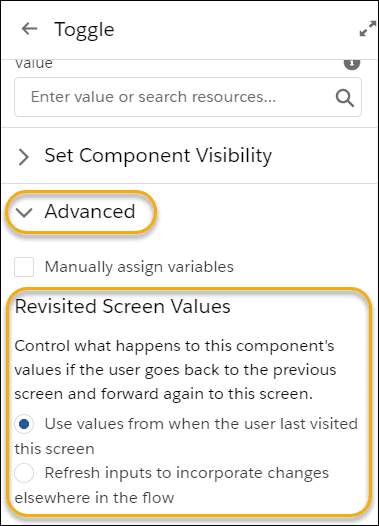
First element in the flow isn’t a screen.For some use cases, it makes sense to have the user decide when they’re ready to launch a flow:.Just drag and drop a “Flow” element onto the page and select the appropriate flowĪdd a Flow as an Action on a Record Describe use cases for adding a flow as an action.Ĭreate a flow action, and add it to a page layout. For this reason, recommend making the first element in these flows a screen so unintended actions are avoided. If the flow includes elements that come before that screen, the flow performs those actions even if the users is working with a different element. If you add a flow to a Lightning page, every time the page loads, the flow starts and its first screen renders.Flow is important enough to take up screen space.Email application pages: what users see from Lightning for Outlook or Lightning for Gmail.App pages: page that isn’t tied to an object.Record pages: seen when users open a record.Home pages: seen when users navigate home.Several available types of Lightning pages with different use cases:.If you want to expose a flow as a region of a Salesforce page, the only choice is a Lightning page, built using the Lightning App Builder Only admins with the Manage Flow user permission can run Inactive Flows.ĭisplay a Flow on a Page in Your Salesforce Org Describe use cases for displaying a flow on a Lightning page.Ĭreate a new Lightning page and add a flow to it. Users with the Run Flows system permission can only run Active Flows.To view the permissions assigned to a specific flow, click the down arrow next to a flow, then click “Edit Access.” If “Override default behavior and restrict access to enabled profiles or permission sets” is selected, add the flow itself to profiles/permission sets.Add the “Run Flows” permission to user profiles/permission sets for the org. Users need to be able to actually run flows.Processes, Bots, Apex actions, and the API.For autolaunched flows, the list also includes:.Lightning pages, Flow actions, Utility bar, Community pages, Custom Lightning components, Visualforce pages, Web tabs, Custom buttons and links.After building and testing a flow, the next step is to make the flow accessible to users.List the various ways you can distribute a flow. Get Started with Flow Distribution Describe what you should do before you distribute a flow.
#SCREENFLOW SALESFORCE UPDATE#
To create or update any of these pages, the Lightning App Builder is your tool.These are technical notes I compiled while studying using Trailhead, Salesforce's free self-learning portal. Email application pages: what users see from Lightning for Outlook or Lightning for Gmail.App pages: a page that isn't tied to an object.


Record pages: what users see when they open a record, such as an account or case, in Lightning Experience.Home pages: what users see when they navigate to Home in Lightning Experience.We have several types of Lightning pages, each of which serves a different use case. A Lightning page is composed of regions that contain components.

The Lightning App Builder is a point-and-click tool that makes it easy to create custom pages for the Salesforce mobile app and Lightning Experience, giving your users what they need all in one place.Ī Lightning page is a custom layout that lets you design pages for use in the Salesforce app or in Lightning Experience. But for those of you who haven't earned that badge yet, here's a quick summary. Everything you need to know about Lightning pages is in the Lightning App Builder module. If you want to expose a flow as a region of a page in Salesforce, your only choice is a Lightning page.


 0 kommentar(er)
0 kommentar(er)
